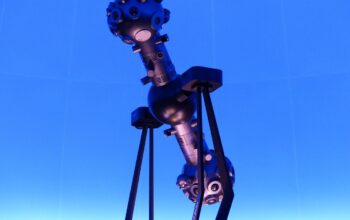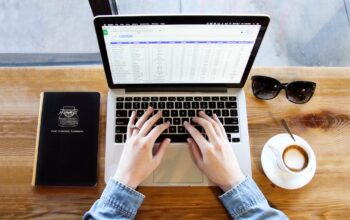Rethinking Work and Productivity in 2025
Work as we know it has undergone a radical transformation. Gone are the days of the traditional 9-to-5 grind confined to a single location. Today, hybrid work models blend the best of remote and in-office collaboration, while artificial intelligence (AI) and smart office technologies are turbocharging how we get things done.
Here’s a snapshot of the key trends and real-world examples powering this productivity revolution:
Hybrid Work: The New Normal
Companies worldwide have embraced hybrid models, offering employees the flexibility to work from home part of the week and come into the office for face-to-face teamwork. This balance boosts satisfaction and retention, and it tackles classic remote work challenges like fostering creativity and team cohesion.
Take a marketing agency in New York, for example. They’ve set up collaborative office hubs that employees visit as needed, while most routine tasks happen remotely. The result? Happier workers and a steady output of creative campaigns.
AI as a Productivity Multiplier
Artificial intelligence isn’t just automating routine work—it’s redefining what productivity means. Instead of simply doing more with less, AI helps teams produce better outcomes faster.
Tomas Castagnino from Accenture Research points out that generative AI is enabling companies to “produce better with less,” by enhancing decision-making and empowering less specialized staff to perform expert-level tasks.
For instance, a customer service center uses AI-powered analytics to predict client needs and automate responses, cutting wait times dramatically. This frees employees to tackle more complex issues, improving overall service quality.
Smart Offices: Where Tech Meets Human Needs
In the office environment, smart productivity tools are key. These AI-driven platforms streamline scheduling, optimize space usage, and improve hybrid meeting experiences.
A software firm in San Francisco implemented an AI productivity tool that adjusts lighting and room temperature dynamically based on meeting schedules and preferences, making workdays more comfortable and focus-friendly.
A Glimpse at the Bigger Picture
These shifts aren’t isolated. Economists predict AI could add trillions annually to the global economy by 2040, accelerating growth and boosting competitiveness. Companies that invest in reskilling will find their employees more adaptable, ready to navigate future technologies and workflows.
Tips for Businesses and Employees
- Embrace hybrid work: Balance remote autonomy with in-person connectivity.
- Invest in reskilling: Equip teams with skills to leverage AI and new tools.
- Adopt smart productivity tech: Tailor office environments and workflows to your team’s needs.
- Focus on internal growth: Streamline processes and cut waste with tech innovations.
By blending flexibility, intelligence, and human-centric design, 2025’s productivity trends offer a blueprint for thriving in a rapidly changing world. The future of work isn’t just about working harder—it’s about working smarter, together.
End of Report
References:
- https://www.shrm.org/enterprise-solutions/insights/other-tomorrowist-trends-news-april-17-2025
- https://www.splashtop.com/blog/remote-work-trends-2025
- https://www.stimulustech.com/2025/04/19/how-technology-is-redefining-workplace-culture-and-productivity/
- https://technews180.com/saas/why-smart-offices-need-workplace-productivity-tools-in-2025/
- https://www.weforum.org/stories/2025/04/long-term-economic-trends-growth-economy/
- https://blog.hubspot.com/sales/growth-strategy
- https://thehubcoworks.com/remote-work-2025/
- https://aws.amazon.com/blogs/industries/near-real-time-news-clustering-and-summarization-for-fsi/



